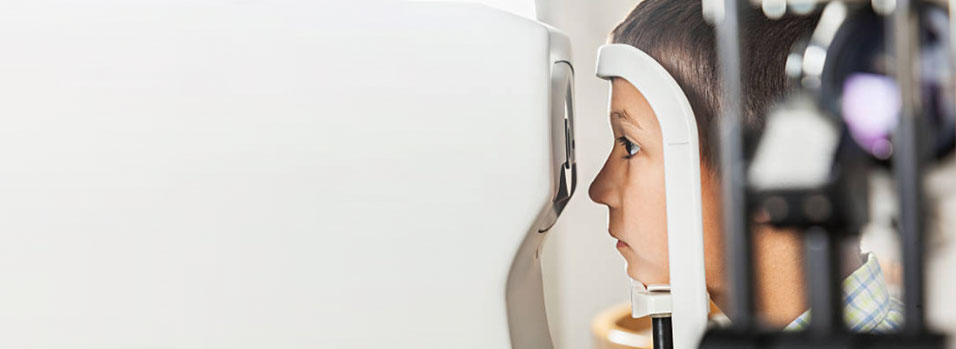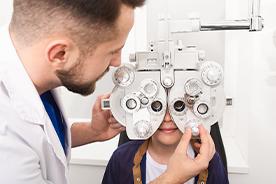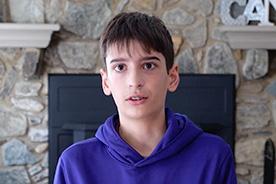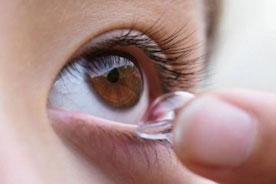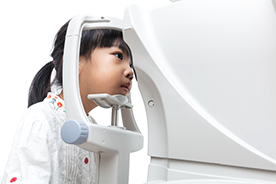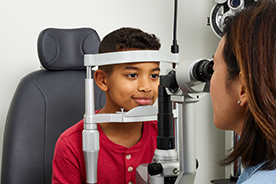The blurred vision that comes with nearsightedness, also known as myopia, can sometimes be little more than an inconvenience. But in some cases, it can also put your eye health at risk of something more serious in the future. Unfortunately, people who have extremely high myopia also have increased risk of developing sight threatening complications, usually later in life.1
Why is this? It’s because myopia is caused when the eye becomes elongated. When this happens, the layers that make up the eye end up becoming thinner, which can lead to further complications. Here are some of the most serious conditions that people with myopia are at risk of contracting2:
Glaucoma
This group of various eye diseases is caused by increased pressure within the eye that can lead to loss of vision. Glaucoma is a leading cause of vision loss among those over age 60, and regular eye exams are important for early diagnosis, especially among those at a higher risk.
Cataracts
This is when the lens inside the eye gets cloudy over time, making vision blurry in a way that glasses and contact lenses can’t fix. Studies have found that those who have had severe myopia that occurs before age 20 are at a higher risk of developing cataracts, but the reasons for this are not clear3. One theory is that the increased eyeball length caused by myopia may make it harder to deliver nutrients to the back of the lenses, increasing the risk of developing cataracts.
Retinal tears
The retina, which lines the inside of the eye and helps us see, is more prone to tearing when it’s thinner. Retinal tears can lead to vision loss, and large tears can lead to detachment.
Retinal detachment
This condition occurs when the retina moves away from its location at the back of the eye. A major symptom of retinal detachment is a sudden increase in “floaters”: small black spots or lines that appear in your vision4. Unless treated quickly, retinal detachment can lead to permanent vision loss, so it’s important to visit an eye care professional without delay if you notice symptoms.
Myopic maculopathy
This can happen when the elongation of the eye causes a breakdown in the macula, a region near the center of the retina that handles particularly detailed vision.
For most people with myopia, these and other serious vision conditions never occur. Regular eye exams, however, are essential to ensure that your eyes remain as healthy as possible and that any potential problems can be treated without delay, when treatments are usually most effective.

